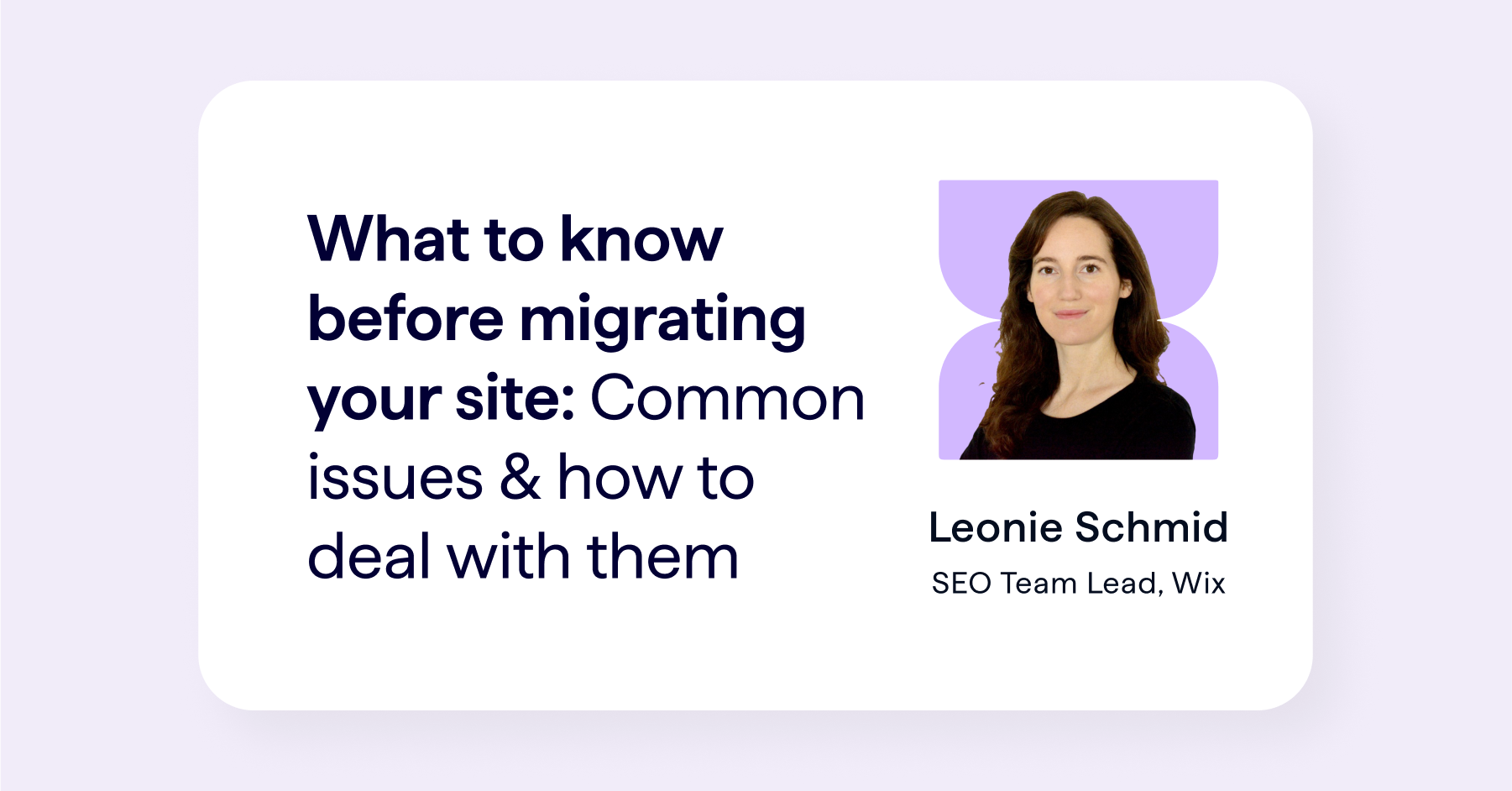Switching from HTTP to HTTPS is important. It keeps your website safe. It also helps with SEO. But, many make mistakes during this switch. Let's learn about these mistakes. This can help you avoid them.

Credit: www.fastercapital.com

Credit: www.lumar.io
Why HTTPS is Important
HTTPS stands for Hypertext Transfer Protocol Secure. It is safer than HTTP. It protects your website data. It also protects your visitors' data. Google likes HTTPS websites. They rank higher in search results. This means more people can find your site.
Common Mistakes During HTTPS Migration
Moving to HTTPS is not always easy. Many websites make mistakes. These mistakes can hurt SEO. They can also make the website less safe.
1. Not Updating Internal Links
When you switch to HTTPS, you need to update links. Some forget to update internal links. This means links on your site. If they still use HTTP, they can cause problems. Visitors might see a warning. They might leave your site. This can hurt your SEO.
2. Forgetting About Redirects
Redirects are important. They send visitors from the old HTTP page to the new HTTPS page. Some websites forget to set up redirects. This can confuse visitors. They might get lost. It can also confuse search engines. This can hurt your rankings.
3. Mixed Content Issues
Mixed content happens when HTTPS pages load HTTP content. This can be images, scripts, or stylesheets. It can make your site less safe. Browsers might show a warning. This can scare visitors away. Make sure all content loads through HTTPS.
4. Not Updating The Sitemap
Sitemaps help search engines find your pages. They need to be updated after switching to HTTPS. Some forget this step. If your sitemap still uses HTTP, it can confuse search engines. They might not find your pages. This can hurt your SEO.
5. Not Updating The Robots.txt File
The robots.txt file tells search engines what to do. It needs to be updated after HTTPS migration. If it still uses HTTP, it can cause problems. Search engines might not index your pages correctly. This can hurt your site’s visibility.
6. Not Monitoring For Errors
After switching to HTTPS, you need to monitor your site. Some do not check for errors. This is a mistake. Errors can cause problems for visitors. They can also cause problems for search engines. Use tools like Google Search Console. Check for any issues.
7. Ignoring The Site Speed
HTTPS can affect your site's speed. Some ignore this fact. A slower site can hurt SEO. Visitors might leave if a site is slow. Make sure your site loads quickly. Use tools to test your speed. Fix any issues you find.
How to Avoid These Mistakes
There are ways to avoid these mistakes. Follow these tips to ensure a smooth migration.
Plan Ahead
Planning is important. Before you switch, make a plan. List all tasks you need to do. This can help you avoid mistakes.
Test Everything
Testing is key. After you switch, test everything. Check all pages. Check all links. Make sure everything works. This can help you find and fix issues.
Use Tools
There are many tools available. Use them to monitor your site. Google Search Console is a good tool. It can help you find errors. It can also help you track your site's performance.
Keep Learning
SEO changes all the time. Keep learning about new trends. This can help you avoid future mistakes. It can also help you improve your site.
Frequently Asked Questions
What Is Https Migration In Seo?
HTTPS migration involves switching your site from HTTP to HTTPS. It's crucial for security and trust.
Why Is Https Important For Seo?
HTTPS boosts site security and user trust. Search engines prefer secure websites, affecting rankings positively.
Can Https Migration Impact Search Rankings?
Yes, improper migration may cause ranking drops. Ensure proper redirects and update internal links.
How To Avoid Https Migration Errors?
Plan carefully. Test redirects and update resources. Monitor rankings and traffic post-migration.
Conclusion
Switching to HTTPS is important. It keeps your site safe. It also helps with SEO. But, there are common mistakes during this switch. Avoiding these mistakes is key. Update internal links. Set up redirects. Avoid mixed content. Update your sitemap. Update your robots.txt file. Monitor for errors. Check your site speed. Plan ahead. Test everything. Use tools. Keep learning. Following these steps can help you have a successful HTTPS migration. It can also help you improve your website.